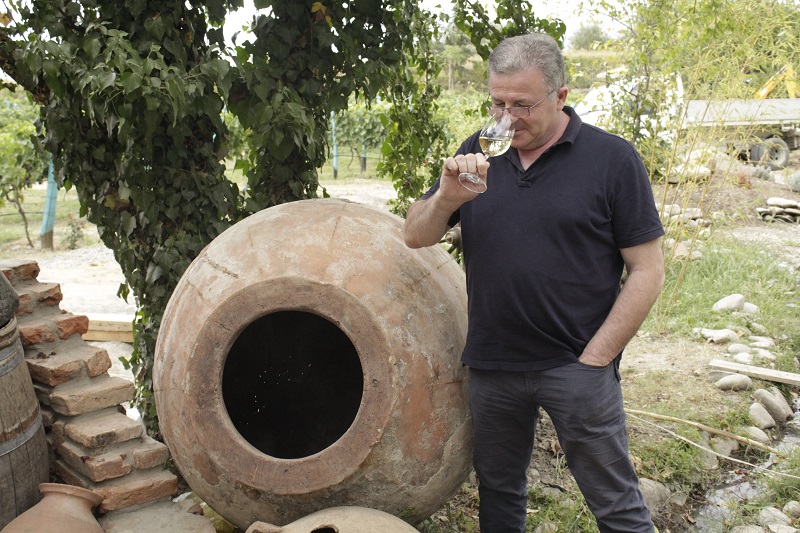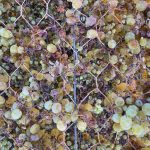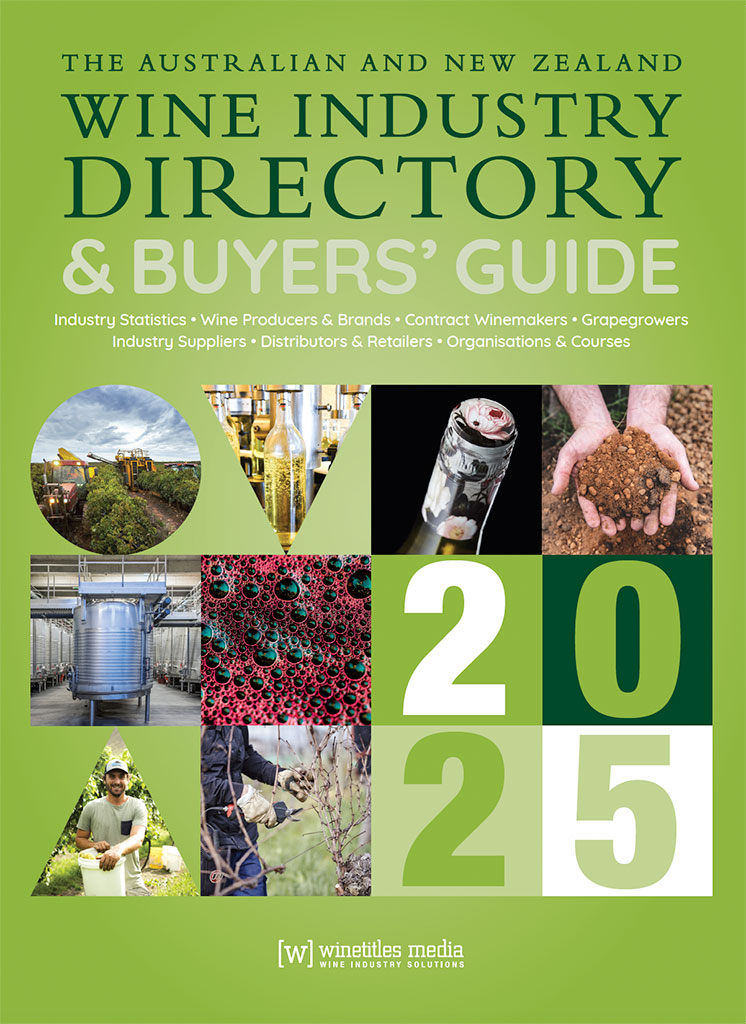Georgia sits at the intersection of Europe and Asia, was a constituent republic of the former Soviet Union and for many wine enthusiasts and historians, it’s considered the birthplace of wine.
Stepping between past and present, the Uzunashvili family has been known for its highly skilled winemakers at the House of Alexander Chavchavadze since the early 19th century, producing one of the oldest and most uniquely Georgian of wine varieties, Saperavi. Journalist Samuel Squire takes a dive into the rich history of Saperavi, its roots in Georgia and where it’s going as a style in Australia.
In the foothills the Gombori Mountains, overlooking the fertile Alazani River Valley in Georgia’s eastern Kakheti region, lies Mukado Wines, a location which is famous for its winemaking history and its favourable climate for growing grapes.
The award-winning winery looks toward the Caucasus Mountains to the north while Georgia’s capital and cultural centre Tbilisi lies to the southwest.
Saperavi, according to the Georgian Federation of Artisan Wine Cellars, could have been first planted as early as the 13th century, but notes from many Saperavi makers backdate the style as far as c.6000 BC, making this wine a true historical curiosity.
Chief winemaker at Mukado Wines, Lado Uzunashvili, says the incredibly versatile Saperavi is one of the oldest varietals in the world and one that exhibits one of the widest genetic pools.
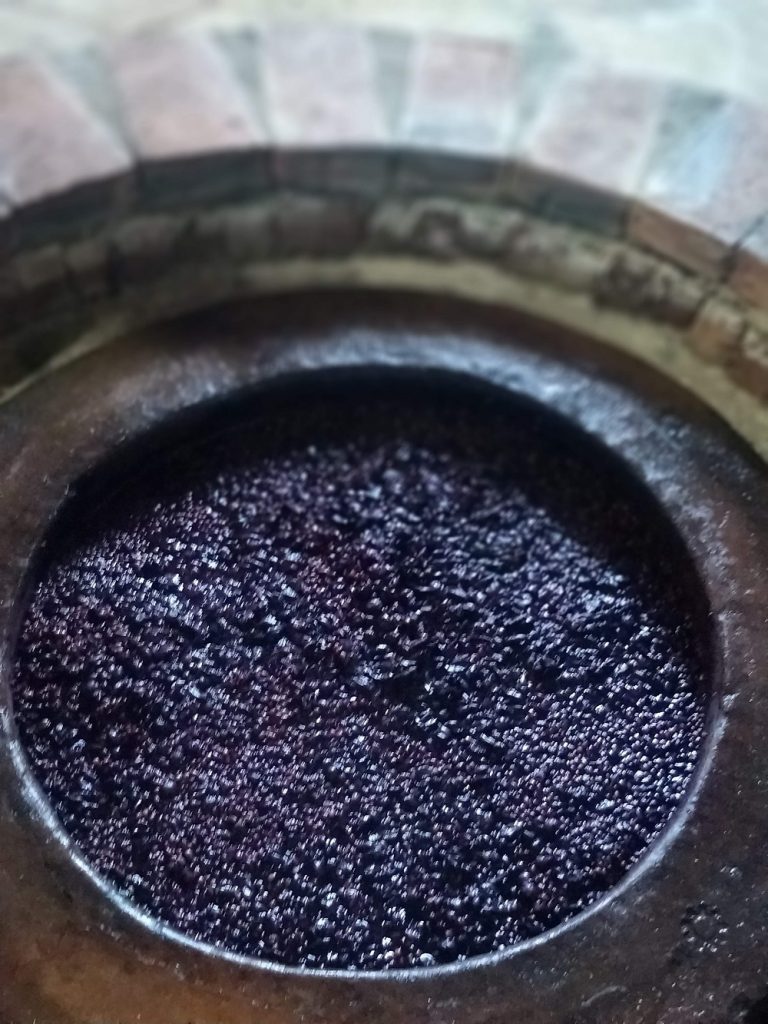
“Modern researchers of Saperavi say that it has endured all cataclysms that nature could offer in the past,” he said.
“It delivers an unexpected versatility of wine styles which come from numerous, different micro– and macro-climatic zones.
“This variety can deliver not only just one or two styles to choose from, but an extensive range.”
Uzunashvili says the wine is typically aromatic and lavish in taste. Saperavi, in his words, is a very “memorable” wine style.
“Saperavi is traditionally abundant in aromas and lavish in taste. It’s rich in antioxidants and tannins. At times it’s positively surprising, unexpectedly different, memorable, decent, lasting and festive,” he said.
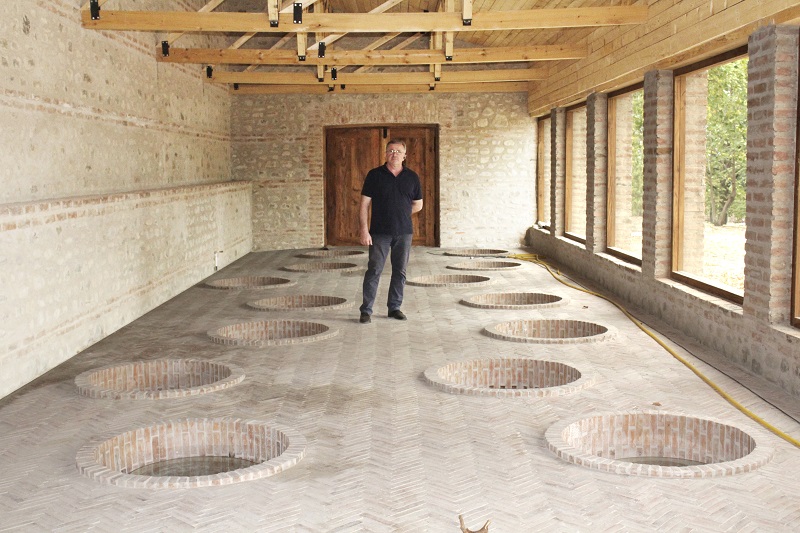
The styles that Saperavi can deliver range from light rosé wines with crispy fresh acidity to young fruity reds driven by varietal properties that pronounce its unique biochemical make-up. It can make wines from the traditional qvevri styles with prolonged skin contact in these ancient, mezzanine clay jars buried into the ground with their necks open to grant the access for winemaking, to modern classic un-oaked or oaked wines.
“Modern styles can be balanced and fine-tuned to the taste of even the most sophisticated wine lovers,” Uzunashvili said.
“Moreover, when Chacha (grappa) is distilled from Saperavi it bears such impressive, combined floral and nutty characters that one would say makes a young product well ahead of its age.
“Saperavi can also easily make red sparkling. It has a history of making sparkling wines.”
Saperavi remains one of the world’s oldest and most iconic wines, while retaining distinct versatility in profile, wine styles and the different winemaking practices that can be adopted, all resulting in different takes on the original.
Uzunashvili says that winemakers and wine lovers alike can attribute the wine to be “something noble”.
When asked how it compares in the modern wine market, Uzunashvili says it can be difficult to pinpoint anything specific. He says a comparison could be made between the top terroirs of Australian wine regions those of Georgia based on commonalities, yet these similarities depend upon how the grapes are grown and where the wine is made.
“If we compare Saperavi from top terroirs and regions in Australia, like McLaren Vale and the Barossa Valley where it grows and Mukuzani AOC (PDO) in Georgia, then I would say it comes the closest to Syrah (Shiraz),” he said.
“They have so much in common in their growing and winemaking, including the nice shrivelling of berries once they’re ready to be picked and made into outstanding styles.
“Yet, one has to be very cautious because, under the Australian climate conditions, it may shrivel so far that it can lose 70 to 80% of crops due to the heat wave effects!
“This is what has to be considered and the weather to be observed to deprive it a chance to do so.”
Australian Saperavi making a name for itself
Uzunashvili says that Australian-grown Saperavi could potentially rival that of its Georgian counterpart, adding that the variety is starting to make a name for itself in Australia.
“Australia is becoming an unbeatable competitor in Saperavi wines. The trophy for the best Saperavi of the World went to an Australian Saperavi at the International Saperavi Competition [in 2018],” he said.
“The biggest positive aspect of Saperavi, as well as its internationalisation, is the styles that it can make are numerous under different conditions.
“Winemakers who can experiment on their philosophies will not fail gravely. It is very noble as a variety that it will make exceptional wines [in most regions].”
One Australian producer making a name for themselves in premium quality Australian Saperavi is Hugh Hamilton Wines, based in McLaren Vale.
The winemaker currently offers three Australian takes on the Georgian wine: Oddball Saperavi, Oddball the Great Saperavi and a special Shiraz-Saperavi blend called Black Ops.
Hugh Hamilton, fifth generation in the family dynasty, says he has always found the draw of making exotic and unique wines to be captivating.
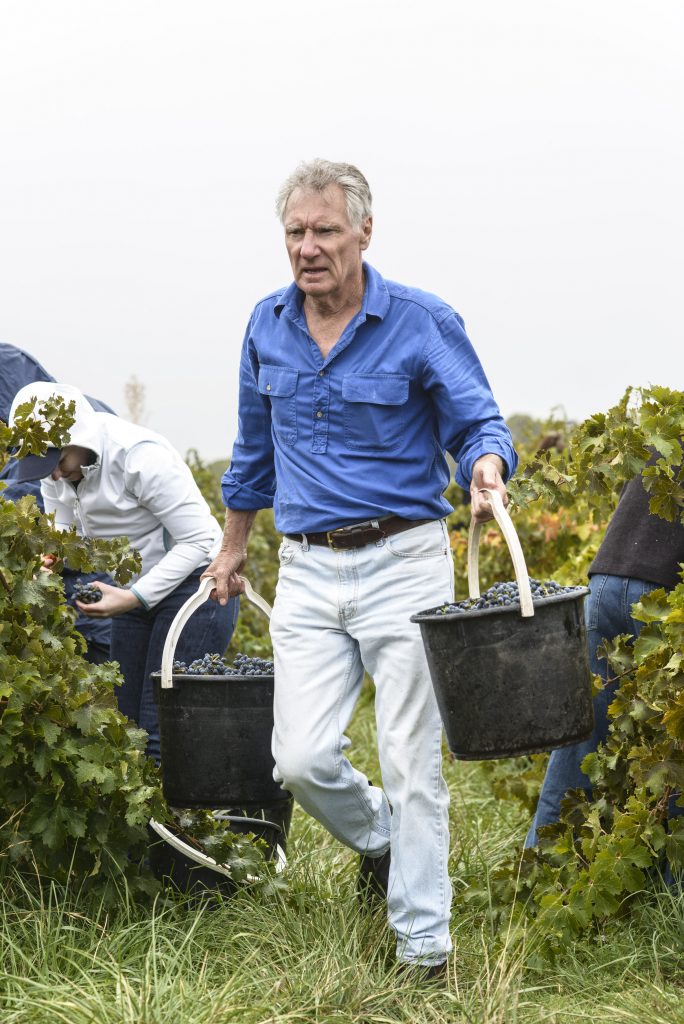
Hamilton has been an “early adopter” over the years, growing many unique and interesting styles of winegrapes.
“I have always been interested in the exotic or unusual so over the years I have been an ‘early-adopter’ and grown Viognier, Petit Verdot, Tempranillo, Sangiovese, and Mataro as well as the mainstream varieties that do well in McLaren Vale,” he said.
“I have been fortunate to have a personal following of customers who have enjoyed the ride with these wines.”
In 2010, after some years of growing Saperavi vines in McLaren Vale, he had enough crop to take a small parcel and experiment with it.
A hunch of Hamilton’s led to the interesting decision to blend the Georgian grape with one of Australia’s favourites, Shiraz, as the two grapes’ characteristics and flavours seemed to complement each other.
“From my first Saperavi vintage in 2004, I had a hunch that Saperavi would make a good blending variety and, given its colour, palate and spicy characteristics, I thought Shiraz would be a natural fit,” he said.
Hamilton says the Shiraz-Saperavi blend provides some additional deep colour. The tannins are very compatible, as are the strawberry, the raspberry, the violets and the black forest cake flavours.
“The wine is extremely approachable when it’s young and ages well.” However, Hamilton also says the style isn’t as well recognised among Australia’s wine consumers as it remains a ‘specialist’ style.
“Unfortunately, Saperavi doesn’t have very high recognition among wine consumers. This means it would be a slow mover in a wine store sitting on a self-service shelf,” he said.
“It’s better suited to specialist bottle shops and restaurants where wine is discussed with the customer and hand-sold. To use jargon, Saperavi is a long way from being a FMCG!”
Hamilton says his Australian take on Saperavi, made in a traditional red winemaking style, “but treated like a delicate Pinot Noir”, is doing well in the DtC market and is doing well as an outright Australian style.
He says that Australian Saperavi is making a definitive home in the nation as a standalone from its Georgian cousin and is even doing well enough to impress Georgian winemakers.
“We are not trying to emulate the Georgian Saperavi because ours is McLaren Vale made. Our wine is big and bold with supple ripe tannins as we grow the grapes in a very different climate,” he said.
“Every year we send a few bottles of our recently made wine back to Georgia. They are intensely proud of what we produce here with their native grape,” Hamilton said.
This article was originally published in the June issue of The Australian & New Zealand Grapegrower & Winemaker. To find out more about our monthly magazine, or to subscribe, click here!
To view the current issue of the Grapegrower & Winemaker, visit our Current Issue page.

